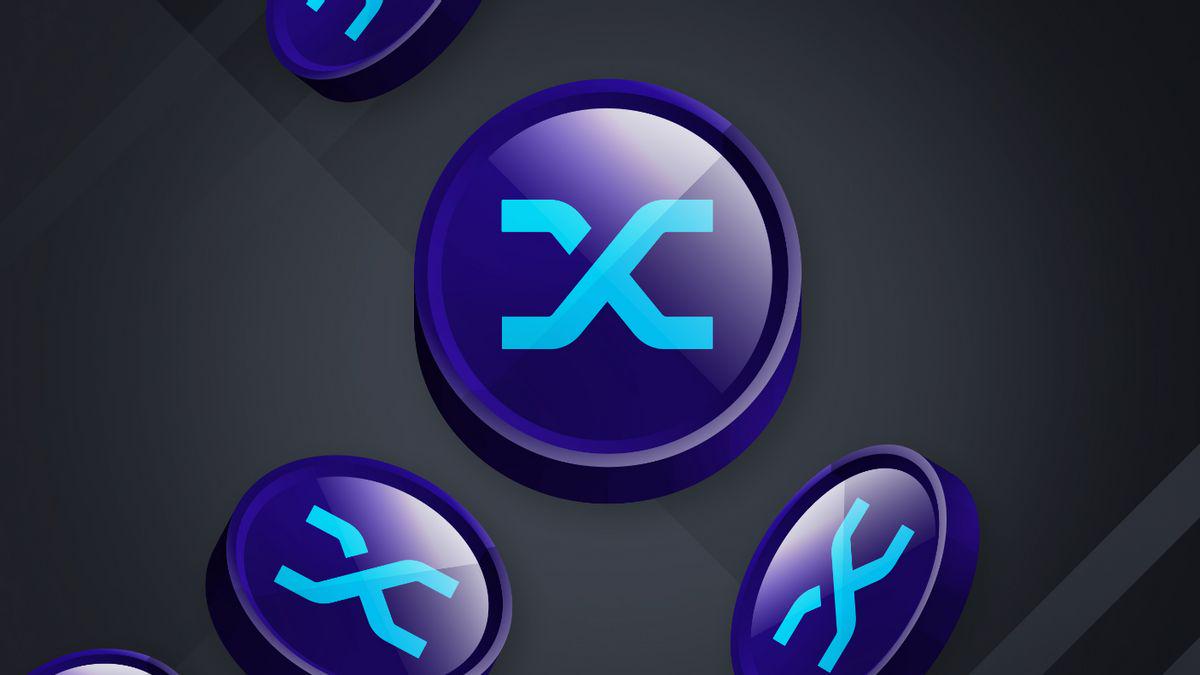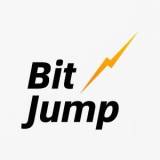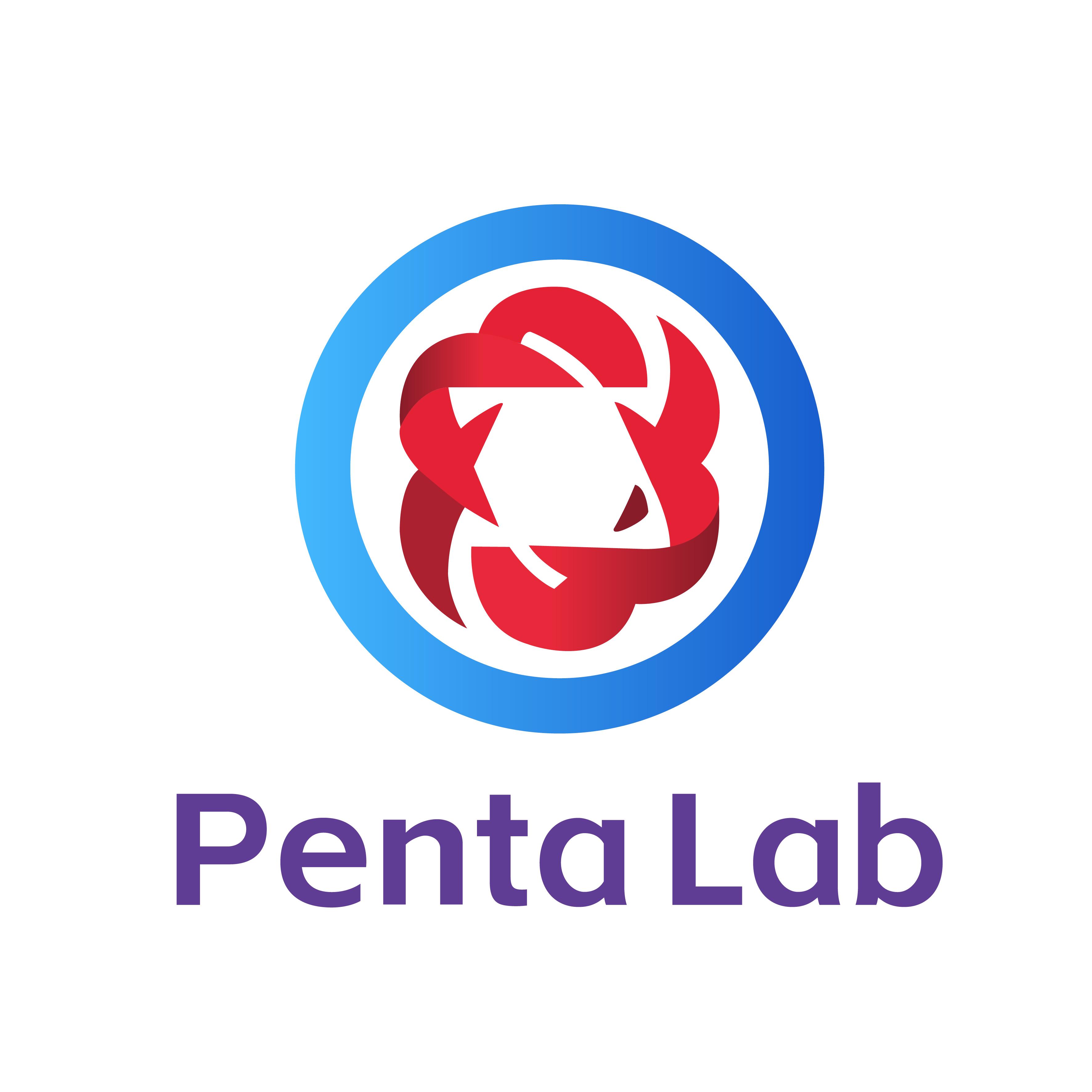-
 PA一线 · 11-22 20:21
快訊發布優化測試
PA一线 · 11-22 20:21
快訊發布優化測試快訊發布優化測試摘要摘要
-
 刘正要律师 · 11-22 19:55
多語言文章發布測試- 一鍵同步- 1
刘正要律师 · 11-22 19:55
多語言文章發布測試- 一鍵同步- 1多語言文章發布測試
-
 欧科云链 · 11-22 14:30
Devcon回顧|在AltLayer_Rollup_Day與200位開發者交手後的領悟
欧科云链 · 11-22 14:30
Devcon回顧|在AltLayer_Rollup_Day與200位開發者交手後的領悟带着好奇心与使命感,OKLink在过去的一周内,与曼谷 Devcon 及周边活动的开发者们密切对话,从数据基础设施构建者的角度出发,与大家一起找寻答案。
-
 白话区块链 · 11-22 09:00
從騙局到財富,Memecoin市場結構分析
白话区块链 · 11-22 09:00
從騙局到財富,Memecoin市場結構分析通过对 Memecoin 市场的深入调研,分析了从社区参与、代币发行、平台使用到用户需求等方面的现状,揭示了这一现象背后的社会动因和未来潜力。
 金色财经 · 11-22 08:00
Glassnode:誰引領了加密市場629億美元的資本流入?
金色财经 · 11-22 08:00
Glassnode:誰引領了加密市場629億美元的資本流入?这种需求是由机构投资者通过美国现货 ETF 引领的。
-
 深潮TechFlow · 11-22 07:00
本輪牛市注意力就是一切,獨特故事和Z世代支持成為關鍵
深潮TechFlow · 11-22 07:00
本輪牛市注意力就是一切,獨特故事和Z世代支持成為關鍵事实很简单:最好的创意未必总能获胜——获得关注才是关键。
-
 PA一线 · 11-22 00:02
Coinbase國際站將上線CoW Protocol永續期貨合約
PA一线 · 11-22 00:02
Coinbase國際站將上線CoW Protocol永續期貨合約Coinbase国际站在X平台发文宣布,Coinbase国际站和Coinbase Advanced将新增对CoW Protocol永续期货合约的支持,COW-PERP市场预计将于北京时间2024年11月26日17:30或之后开放。
-
 PA一线 · 11-21 23:01
知情人士:美SEC與希望推出SOL現貨ETF的發行方之間的談判正“取得進展”
PA一线 · 11-21 23:01
知情人士:美SEC與希望推出SOL現貨ETF的發行方之間的談判正“取得進展”两位知情人士透露,美国证券交易委员会(SEC)工作人员与希望推出SOL现货ETF的发行方之间的谈判正在“取得进展”,SEC目前正在处理S-1申请。这两位人士表示,在未来几天内,我们“很有可能”会看到交易所代表潜在发行方提交一些19b4文件——这是ETF审批流程的下一步。
-
 PA一线 · 11-21 22:56
嘉楠科技透過優先股發行融資3000萬美元
PA一线 · 11-21 22:56
嘉楠科技透過優先股發行融資3000萬美元比特币矿机制造商嘉楠科技(Canaan Inc.)(NASDAQ: CAN)最近签署了一项证券购买协议,向一家机构投资者以每股1,000美元的价格出售最多30,000股A-1系列优先股。该协议将筹集3000万美元,用于支持北美数字挖矿和设备的开发。此前,嘉楠科技已于2024年9月完成A轮融资,其中出售了多达125,000股A轮可转换优先股。
-
 PA一线 · 11-21 22:36
去中心化遊戲玩家網路KGeN完成1000萬美元融資,Aptos Labs領投
PA一线 · 11-21 22:36
去中心化遊戲玩家網路KGeN完成1000萬美元融資,Aptos Labs領投去中心化游戏玩家网络KGeN宣布完成1000万美元融资,Aptos Labs领投,Game7 DAO以及Polygon参投。
- 加密貨幣流通市值(7天)$2,190,813,773,927Market Cap恐懼貪婪指數(近30天)
 PA一线 · 11-21 21:21
比特幣礦企MARA完成10億美元可轉換優先票據發行
PA一线 · 11-21 21:21
比特幣礦企MARA完成10億美元可轉換優先票據發行比特币矿企MARA Holdings,Inc完成10亿美元可转换优先票据发行,其中包括根据购买协议授予初始购买者的购买选择权发行的1.5亿美元票据,购买选择权期限为自票据首次发行之日起13天,初始购买者于2024年11月19日全部行使,额外购买于2024年11月20日完成。
-
 DefiLlama 24 · 11-21 21:00
VitaDAO中已資助專案中高應用潛力的案例盤點
DefiLlama 24 · 11-21 21:00
VitaDAO中已資助專案中高應用潛力的案例盤點本文在作者有限知识储备与医学背景中梳理出了一些VitaDAO 的过往亮点资助提案。结合 AI Steam Labs 研发的 ai 搜索系统(tokenchat.ai)以进行知识扩展。以帮助你理解 VitaDAO 为什么才是 DeSci 生态中的龙头项目,并一览这个生命科学中的投资 DAO 参与的是哪些疾病领域。
-
 PA一线 · 11-21 20:09
Sui網路已恢復並再次處理交易
PA一线 · 11-21 20:09
Sui網路已恢復並再次處理交易Sui官方发布更新称,Sui网络已恢复并再次处理交易,2小时的停机时间是由交易调度逻辑中的一个错误引起的,该错误导致验证器崩溃,该问题现已解决。
-
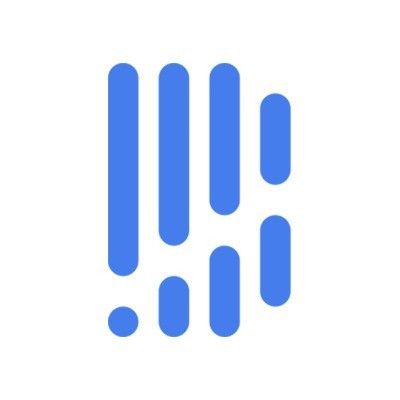 区块律动BlockBeats · 11-21 20:00
丟掉投機外衣,meme不再只是PVP?
区块律动BlockBeats · 11-21 20:00
丟掉投機外衣,meme不再只是PVP?“Meme 币是一种考验。将它们视为玩笑和搞笑图片,就是失败。理解它们是不可阻挡的代币化社区,才是真正的领悟。”
-
 NingNing · 11-21 19:00
比特幣續刷新高逼近10萬美元,滿手山寨的我該怎麼辦?
NingNing · 11-21 19:00
比特幣續刷新高逼近10萬美元,滿手山寨的我該怎麼辦?我们不得不承认,本次BTC与山寨币脱钩的持续时间和程度,都远远超越历史案例。
-
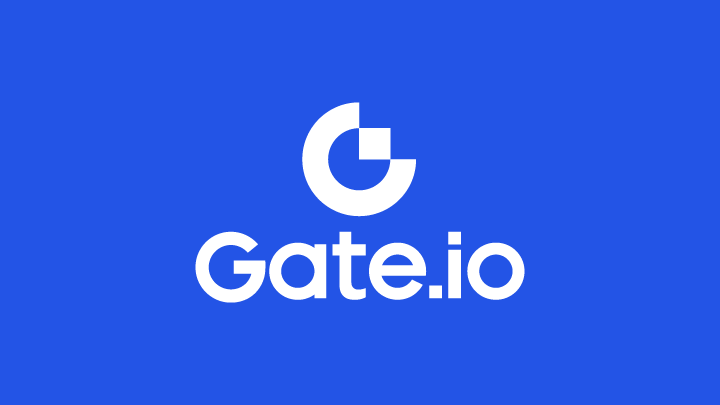 Gate.io · 11-21 18:57
Gate Group重磅發表Gate Crypto Card:為EEA居民帶來暢通無阻的全球加密支付體驗
Gate.io · 11-21 18:57
Gate Group重磅發表Gate Crypto Card:為EEA居民帶來暢通無阻的全球加密支付體驗Gate Group 隆重推出Gate Crypto Card,这是一款 Visa 借记卡,专为简化欧洲经济区(EEA)用户的加密货币到法币转换的流程而设计。
-
 PA日报 · 11-21 18:36
PA日報| 川普團隊考慮成立白宮首個加密貨幣職位;比特幣突破97,000美元再創歷史新高
PA日报 · 11-21 18:36
PA日報| 川普團隊考慮成立白宮首個加密貨幣職位;比特幣突破97,000美元再創歷史新高MicroStrategy將零息可轉換高級票據發行規模增加至26億美元,部分淨收益將用於購買比特幣;美國直接投資比特幣的ETF總資產超過1000億美元;Sui區塊鏈疑似宕機,1個小時未出塊。
-
 PA一线 · 11-21 18:18
Sui區塊鏈疑似宕機,1小時未出塊
PA一线 · 11-21 18:18
Sui區塊鏈疑似宕機,1小時未出塊Suiscan数据显示,Sui区块链疑似宕机,已1个小时未出块。
-
 项目动态 · 11-21 18:09
DePIN 智慧戒指Moon Ring 熊鏈版本將於11月28 日開放預定,限量2000個
项目动态 · 11-21 18:09
DePIN 智慧戒指Moon Ring 熊鏈版本將於11月28 日開放預定,限量2000個作為DePIN 的一部分,Moon Ring 熊鏈特別版將成為熊鏈生態的一部分,為使用者帶來更豐富的參與和互動體驗。
-
 PA一线 · 11-21 18:07
前Revolut和Ledger高層創建的加密錢包Deblock完成約1,680萬美元種子輪融資
PA一线 · 11-21 18:07
前Revolut和Ledger高層創建的加密錢包Deblock完成約1,680萬美元種子輪融資根据英国公司注册局本月提交的文件,由前Revolut和Ledger高管创建的加密钱包Deblock已额外完成1330万英镑(约1680万美元)的种子轮融资。另一份10月份的文件显示,Headline、Hoxton、20VC和Chalfen是此轮融资的主要投资者。Sifted此前报道称,这家初创公司去年悄悄筹集了1200万欧元。
更多內容 Dec . 28
Dec.28
